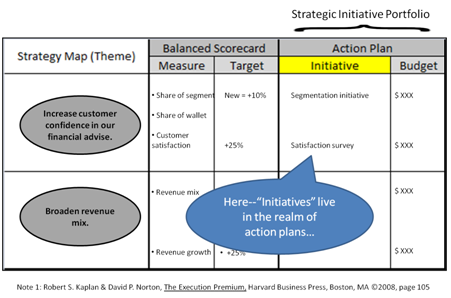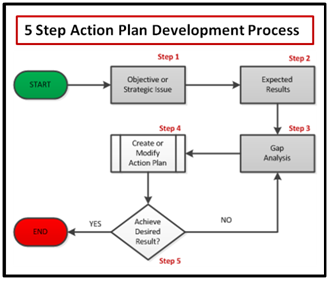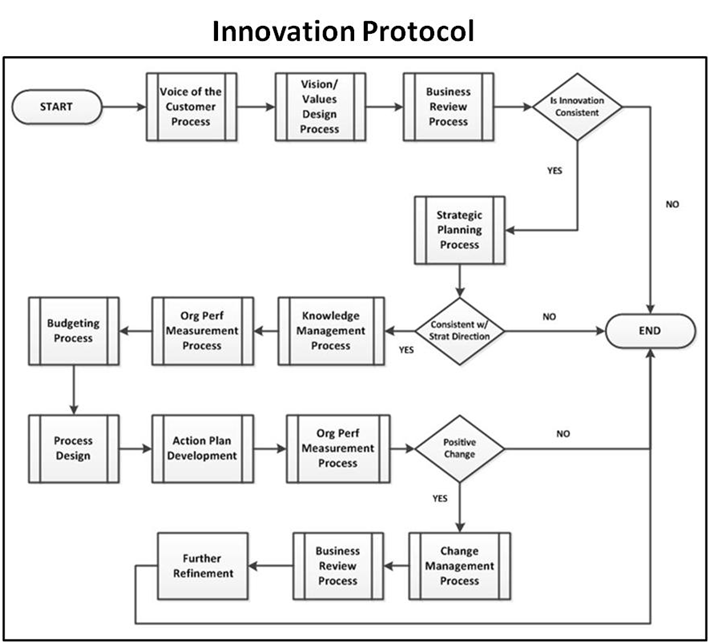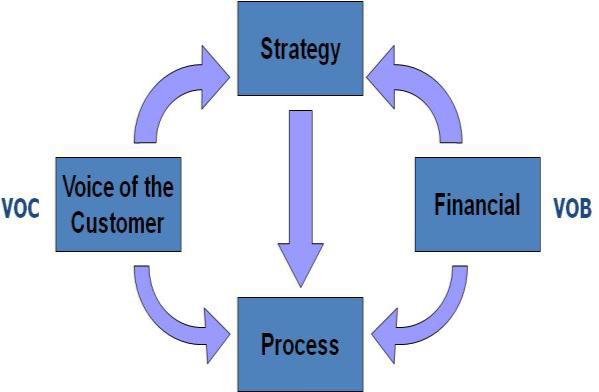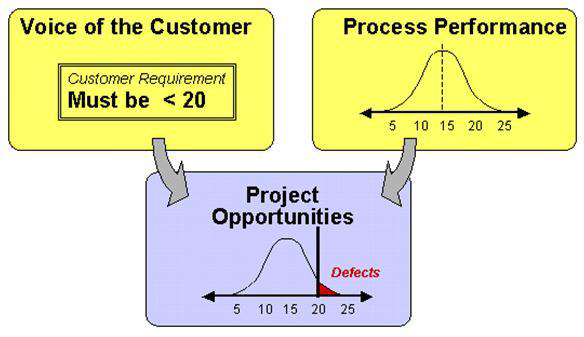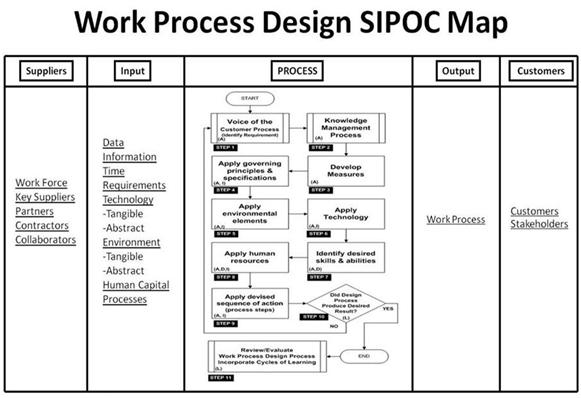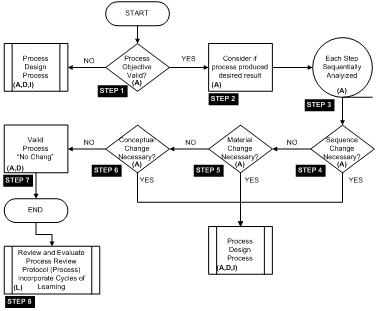I find conducting an effective strategic planning effort starts with assessing previous strategic plans and the effort it took to produce the strategy. Like most everything else, the success of a strategic planning session is leader driven, no matter the size, net worth, or business endeavor. Strategic vision and operational execution equal success. The SWOT analysis is only part of the process.
My approach to a Strategic Planning Seminar includes determining your objectives for drafting a new strategy; ensuring the required and relevant data and information is used; and makes sure that vastly different stakeholder requirements are address with caution.
A sound strategic plan comes from a crystal-clear understanding of where your organization’s current place in the operating environment compared to the future operating environment your organization will find itself.
And for each strategic issue that is formulated, you have adequately answered these five key questions.
1. What are feasible alternatives we could pursue to address this issue?
2. What potential barriers exist in the realization of the alternatives?
3. What action steps might we take to achieve the alternatives or over-come the barriers to their realization?
4. What major actions must be taken within the next year (or two) to implement the action steps?
5. What actions must be taken in the next six months, and who is responsible?
